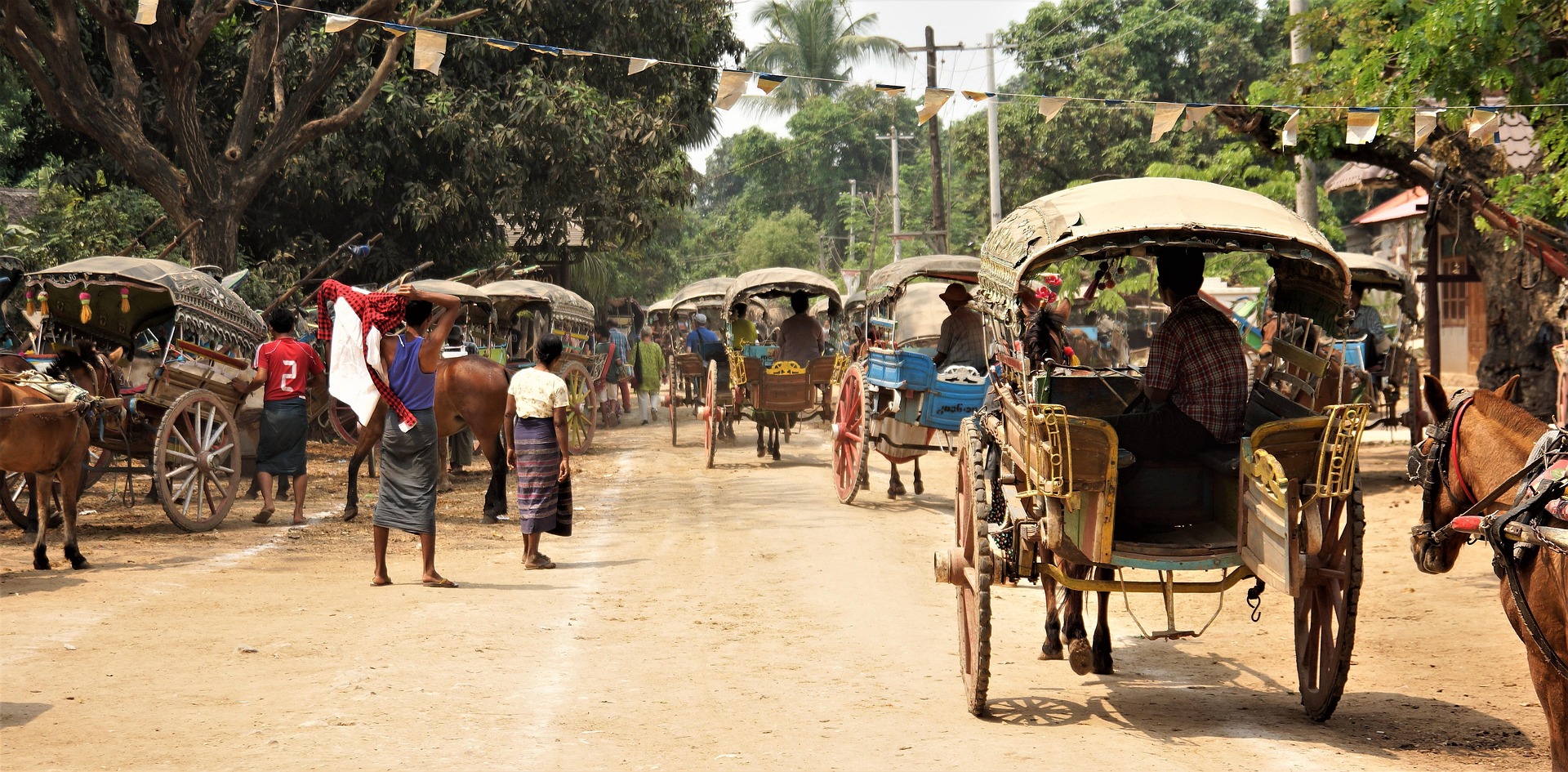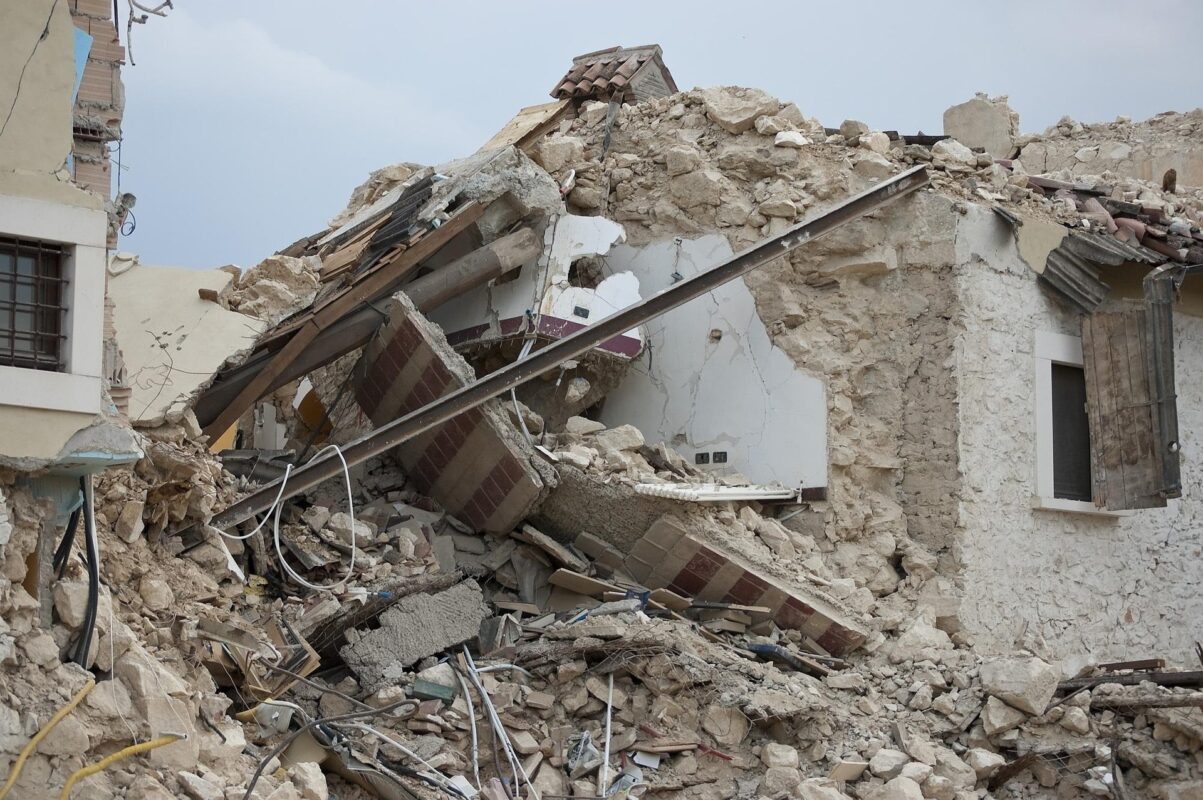
Blog
Myanmar: Over 1,600 Dead, Global Support Mobilized

On March 28, 2025, a devastating earthquake with a magnitude of 7.7 struck central Myanmar, causing widespread destruction and loss of life. As of March 31, the death toll has risen to 2,056, with 3,900 reported injuries. The quake, which originated in the Sagaing Region, was one of the most powerful to hit Myanmar in recent history.
Entire villages have been reduced to rubble, and families are desperately searching for their loved ones. Power outages and communication breakdowns have added to the chaos, while hospitals struggle to manage the overwhelming number of injured victims.
Rescue teams are working tirelessly, but time is running out. Many people remain trapped under debris, and every passing moment makes survival more difficult. The earthquake has also triggered landslides and aftershocks, further complicating rescue operations. If you’ve ever wondered how fragile life can be, this disaster is a painful reminder.

Global Support and Aid Efforts
In the face of such devastation, the world is stepping up to help. The World Health Organization (WHO) has issued a statement requesting $8 million (approximately 1.2 billion yen) in emergency aid. The United Nations has released $5 million from its emergency fund to provide food, clean water, and shelter. The United States has pledged humanitarian aid and logistical support, while Russia has dispatched two aircraft filled with medical personnel and rescue teams. China has also provided 100 million yuan (about $15 million) in emergency aid and has sent its own rescue teams to assist. Additionally, India, Thailand, and Singapore have joined in by sending medical teams and essential supplies.
Despite these efforts, the challenges remain immense. Infrastructure damage has made it difficult for aid workers to reach the worst-hit areas. Roads and bridges have collapsed, further delaying rescue efforts. Hospitals are overcrowded, struggling with a lack of medical supplies and personnel. Thousands of families have lost their homes and are now living in makeshift shelters with limited access to food and water. The ongoing aftershocks continue to put both survivors and rescue workers at risk, making an already dire situation even more precarious.

The Impact of This Earthquake
Myanmar has experienced severe damage from earthquakes in the past. For example, there were earthquakes in Shan State and Mandalay Region. The earthquake in Shan State in 2011 resulted in 74 deaths, while the one in Mandalay Region in 2012 caused 26 deaths. Compared to these, the recent earthquake has caused significantly greater damage, highlighting the severity of the disaster.

Impact of Myanmar’s Military Regime
The military regime in Myanmar has significantly impacted the response to the earthquake. Since the coup in February 2021, the regime has faced international condemnation and internal unrest, complicating both humanitarian efforts and governance.
The military’s control over resources has hindered the timely deployment of aid, as they are reluctant to accept foreign assistance or collaborate with international organizations. Political instability has also diverted attention and resources from disaster relief, making it harder to provide immediate help to affected communities.
In this charged environment, aid delivery is often delayed, and many civilians face additional challenges in receiving assistance due to logistical and political barriers.

Looking Forward: A Long Road to Recovery
Right now, the priority is saving as many lives as possible. But in the months and years ahead, Myanmar will need to rebuild not just its cities and villages, but also the lives of those who have lost everything. Governments, aid organizations, and everyday people like you can all play a role in helping the country get back on its feet. The United States has been reducing its USAID funding. However, despite this, the recent donation will save many lives. This highlights the importance and necessity of global cooperation.
Currently, significant changes in the economy, trade, and climate change are impacting collaborative efforts. In this context, the support of large countries and organizations, including the U.S., is crucial, but the cooperation of individuals and businesses is also incredibly significant.
At Carbon Da Capo, we support such companies and individuals. By reducing global GHG emissions, we can help prevent further damage caused by disasters and heatwaves, like the one we’re witnessing now.
Let’s work together. Your step forward is needed.
